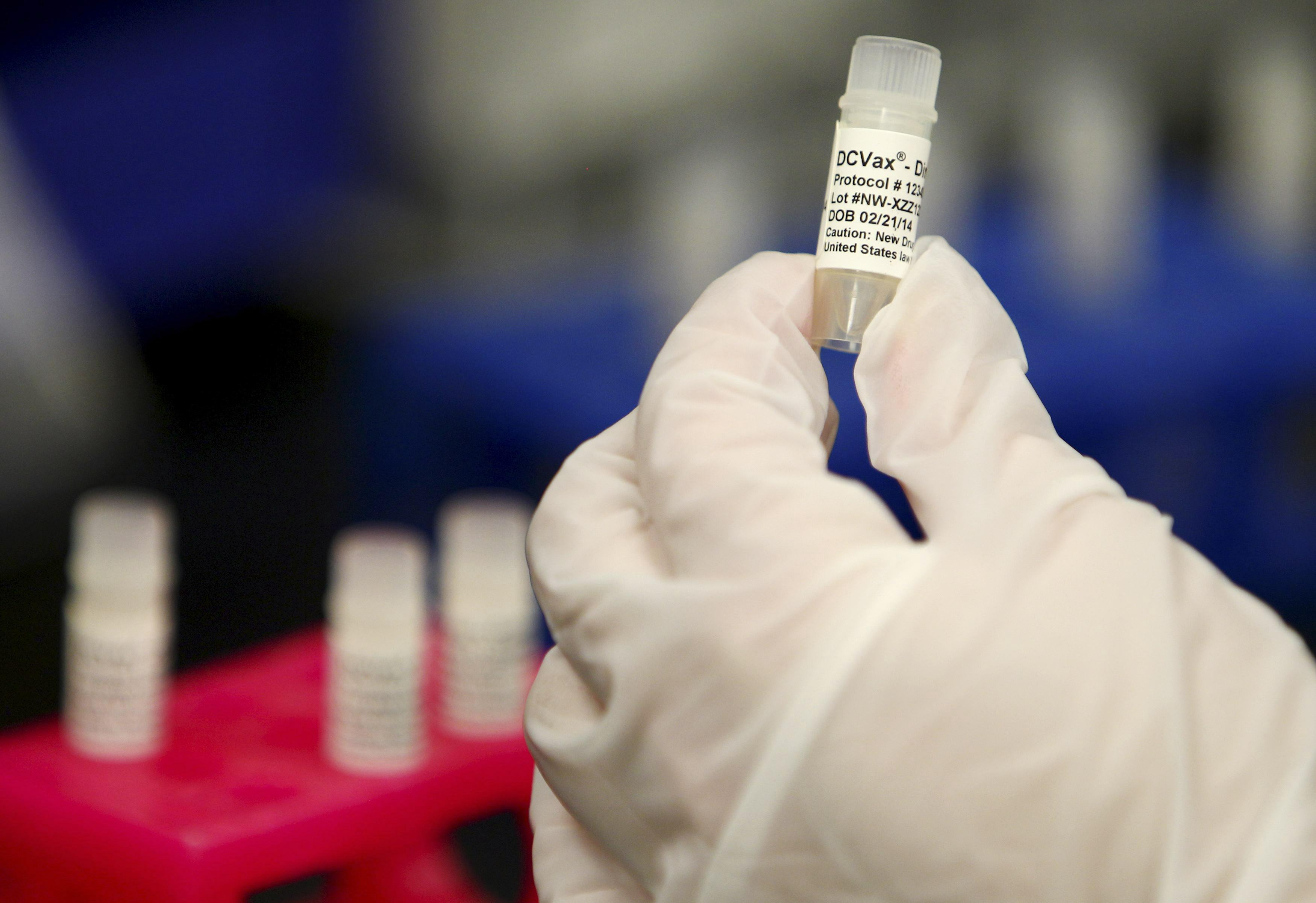
What kinds of research should be included in the $1 billion “moonshot” proposal to cure cancer? Since President Obama announced the idea in his last State of the Union address, Vice President Joe Biden, who is heading the effort, has talked of getting more patients enrolled in clinical trials and finding more efficient ways of sharing data. But what about less obvious steps, such as a recent experiment on zebrafish with green glowing skin tumours?
When it comes to cancer research, weird is good. Tackling cancer requires unconventional ideas because cancer is an unconventional enemy.
Cancer is less a disease than a class of diseases. It’s a broad description of the mysterious forces that make our own cells turn unpredictably against us. Unlike the quest to eradicate smallpox or to send astronauts to the moon, the effort to cure cancer doesn’t have a clear path forward. There is no universal cure or prevention strategy.
The researchers working with the genetically modified zebrafish set out to learn something basic about why some cells become malignant and others don’t. The dark stripes on these fish contain same pigment-producing cells, called melanocytes, that malfunction in melanoma -- a potentially fatal form of skin cancer. The experiment ended up giving the scientists the first view of cancers as they were born, said Leonard Zon, a Harvard biologist who lead the study. The results were published in January in the journal Science.
Cancer cells are riddled with mutations. These spelling errors in the DNA send faulty instructions, so that cancer cells lose the ability to cooperate with the specialised cells of an intestine, or lungs, or skin, and instead replicate themselves in an uncontrolled way.
But many of the mutations found in cancer cells also appear in non-cancerous cells. Melanoma cells carry a mutation in a gene called BRAF, but so do ordinary moles, and most moles don’t become melanomas. Many kinds of cancer cells also have spelling errors in a gene called p53, but so do some cells that don’t become malignant.
Zebrafish have many genes in common with humans, including BRAF and p53, said Zon, so he was able to genetically engineer fish with cancer-associated mutations in these genes. Despite having melanoma time bombs in every cell, the fish on average got just one to three tumors, he said. Most of their melanocytes remained normal. Some other factor was at play.
He suspected a gene called crestin, which signals cells to divide, and is active in the fish when they’re embryos. The gene is supposed to stay shut down in adult fish. He suspected that something had caused the gene to become activated when it was supposed to be off. Molecules surrounding the DNA switch the genes on and off -- changes referred to as epigenetic. And like the rest of the body’s complex machinery, this system, too, can malfunction.
To test this hunch, Zon added another genetic modification -- a “tag” that would produce a green fluorescent protein as soon as the crestin gene was turned on. Then, he saw little pinpoints of glowing green cells emerge on some of the fish. These turned out to be the first seeds of cancer. The cancer cells, Zon said, resemble embryonic life. The next step is understanding what might trigger the epigenetic change -- whether it results from something specific, like inflammation or UV exposure, or whether it’s up to chance.
Projects like this one can complement efforts to gather more human data, especially genetic information on patients and on the DNA errors in their tumours. New research is showing that genetic mutations may be more common than thought in children who get cancer.
But the genes don’t directly cause cancer. Some people with predisposing genes stay healthy, and some cells with cancer-related mutations don’t become tumours. Zon is hoping that figuring out why could lead to better treatments -- perhaps ones more likely to stamp out those cells capable of seeding a relapse.
Scientists warn that if there’s risk involved in the cancer moonshot, it’s the prospect of siphoning money from other research aimed at, say, developing treatments for ALS or Alzheimer’s disease, or vaccines against emerging viruses.
The other risk is that of unrealistic promises. A previous “war on cancer” started in 1971 by the Richard Nixon administration promised to end “suffering and death from cancer” by 2015. That looks like a failure now, but Zon says his work in fish and in human patients wouldn’t be possible without the knowledge and technological advances gained from that war.
A billion dollars won’t stamp out an affliction that’s been around since the age of dinosaurs. But sprinkled with imagination, it’s enough to make some progress. - Bloomberg View